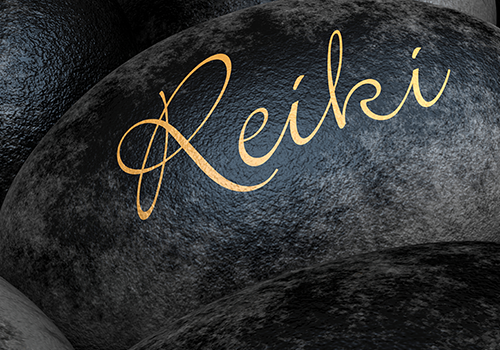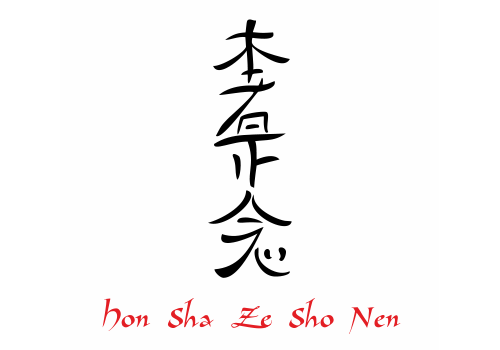Reiki Masters consider the Reiki symbols holy and persist in the old Reiki tradition that they must be kept secret, and must be available to only select few practitioners.
Traditional Reiki symbols and their meaning.

Today, this approach is no longer relevant as the symbols have been described in many books/blogs; and is freely available on the Internet. Reiki is not dependent on one’s intellectual capacity or spiritual development. The intention behind the practitioner is what gives the practice its strength and therefore must be cultivated. To help with this harmonious cultivation, five Reiki symbols were developed as teaching tools for students and are meant to be keys that open the door to a higher mind. What do they mean? Do they have real power? Read on to know more.

‘The Power Reiki Symbol’ or ‘Cho Ku Rei’
It is most often related to a light switch as its intention is to instantly boost your abilities. This generally means ‘place the power of the universe here.’
‘The Mental And Emotional Reiki Symbol’ or ‘Sei Hei Ki’
This is related to balance and brings together the brain and the body. It is generally translated to ‘God and man become one,’ as it releases deep-rooted emotional negativity from the body and into the universe.
‘The Connection Reiki Symbol’ or ‘Hon Sha Ze Sho Nen’
Also known as the “Distance Symbol,” this symbol means ‘No past, no present, no future’ and stands for timelessness. Its specialty is to extend powers and send Reiki energies over a long distance.
‘The Master Reiki Symbol’ or ‘Dai Ko Myo’
It represents Reiki as a whole and is believed to be the heart of Reiki. This is the most powerful symbol and can only be used by Reiki Masters as it combines the power of the first three symbols. It generally means ‘Great Enlightenment’ or ‘Bright Shining Light.’
‘The Completion Reiki Symbol’ or ‘Raku’
Also known as the ‘Fire Serpent,’ this is the final symbol learned by Usui Reiki Masters and is used solely during the final stage of the Reiki attunement process. Its intention is to ground and seal the newly awakened Reiki energies.